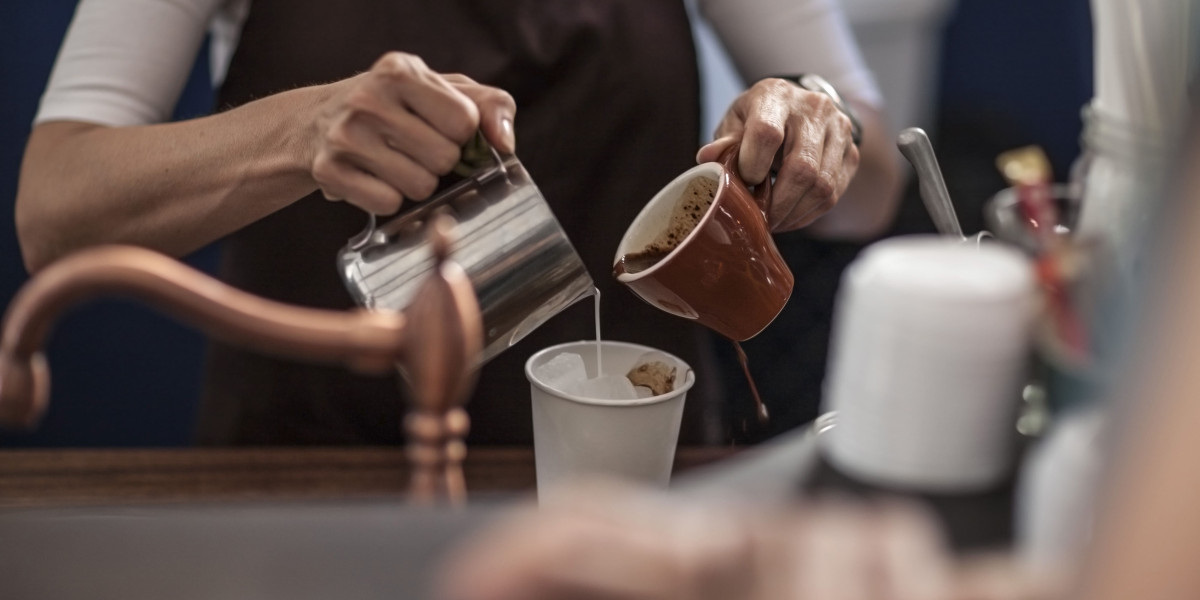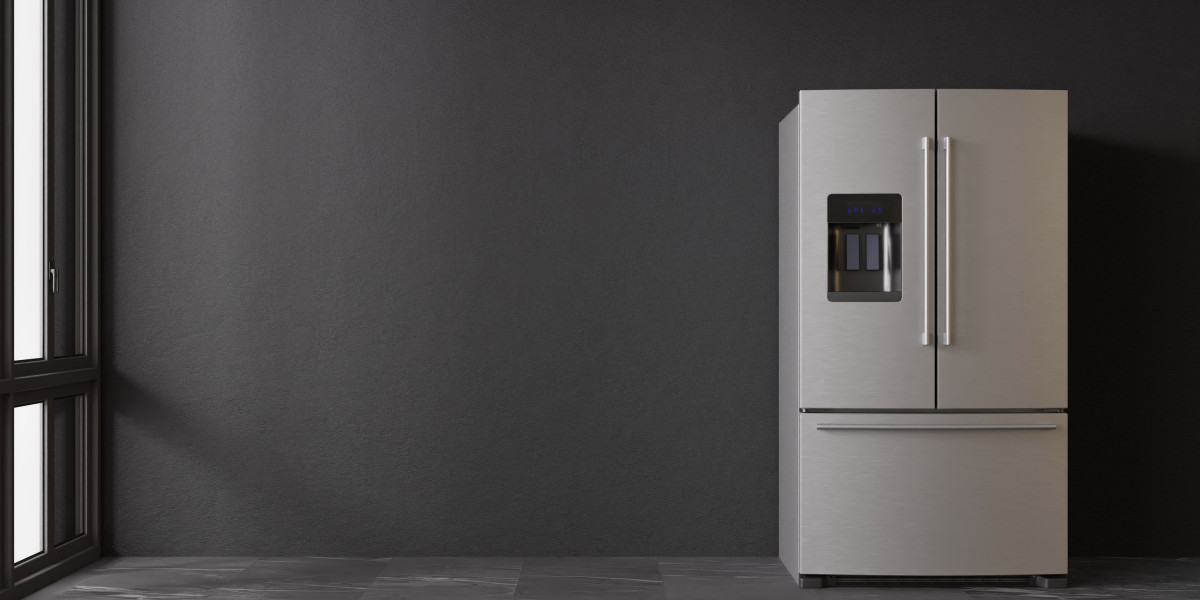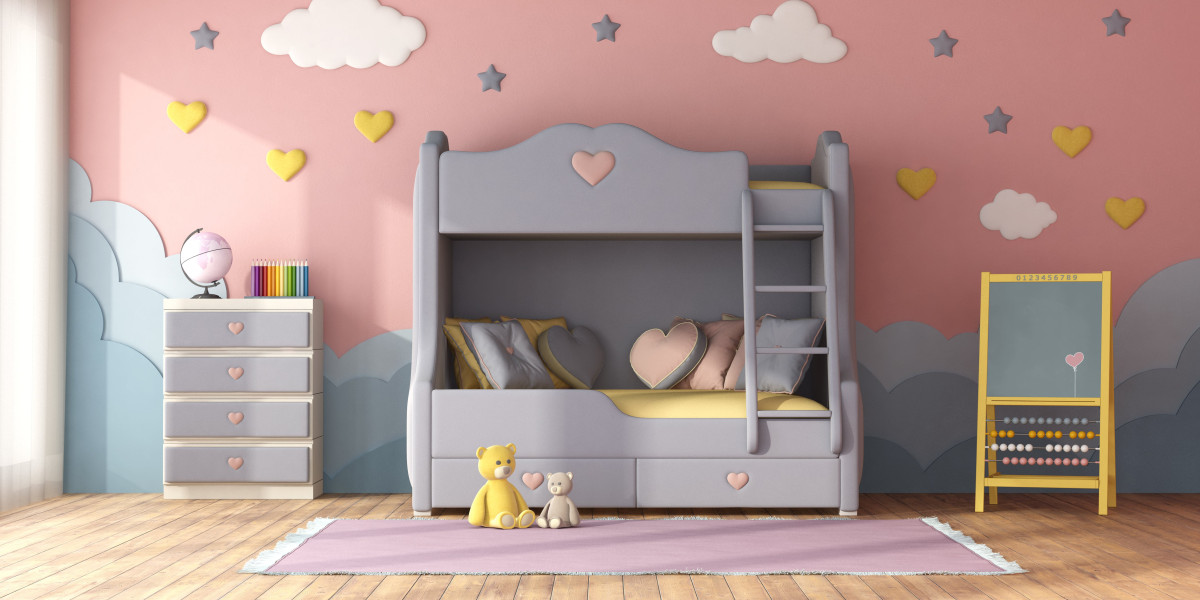When you invest in a home-based coffee maker, it's worth investing in accessories such as an tamping mat or a set of coffee scoops. You'll need to stock up your milk and beans.
 This semiautomatic blends milk frothers with the user-friendly assisted dosing feature and tamping of the 2022 Barista Touch Impress for a elegant setup that takes the coffee you make at home to new heights. It's also smart, connecting to Alexa and using geofencing technology.
This semiautomatic blends milk frothers with the user-friendly assisted dosing feature and tamping of the 2022 Barista Touch Impress for a elegant setup that takes the coffee you make at home to new heights. It's also smart, connecting to Alexa and using geofencing technology.Filter coffee machines
Perhaps the most well-known kind of coffee maker for the home Filter machines heat water and allow it to be filtered through coffee grounds before returning to the pot. This creates a strong smooth and smooth concentrate that is then reduced and served from a separate carafe. These machines are generally easy to operate, and they usually come with a glass mug that can hold a large number of cups simultaneously which is a great benefit for those with large families or friends. They also have less expensive price tags than other models, which could make them an ideal option for those who are on a tight budget.
The majority of these have a compartment for the coffee makers machines ground, and the tube is positioned to rise from the bottom of the container. The water is heated by the resistive element, and is then dripped over the coffee grounds and into the container. The reservoir can hold a lot of water and can be filled to keep the cycle.
Many coffee makers come with a one-way valve that prevents the cold water from mixing with the heated water. This helps reduce energy consumption and helps keep the water warm for a longer amount of time. These machines also come with a heating plate made of steel that will help keep the water warm for a long period of time.
If you're using a filter coffee maker then you'll need measure out your preferred amount of ground coffee and place it into the filter before starting the coffee brewing process. Most of these coffee machines require two tablespoons of ground coffee six ounces of water. However, it is best to consult with the manufacturer prior to making a decision on a specific ratio.
After adding the ground coffee to the tank and adding the water, it's an ideal time for the coffee to grow and bloom. This is when the beans release the aroma and flavor. Then, pour the remaining water in a circular motion over the grounds of the coffee and wait for the brewing process to finish.
Like other types of coffee machines Filter coffee makers, too, can sometimes experience problems. Cleaning them regularly is important to avoid hard water deposits and other contaminates that can block tubes and alter the taste of coffee. The majority of the components are dishwasher safe and therefore cleaning them is quick and simple. The most common problem is that the tube connecting the aluminum heating tube and the cold-water tube may get blocked, so it's recommended to clean this regularly also. If you're experiencing problems with your coffee maker, it may be worthwhile to run vinegar through the machine prior to trying to make any repairs that are more extensive.
Espresso machines
Espresso is a hugely popular coffee drink that has seen a boom in popularity over the last decade or two. Many people like making their own espresso at home. You can find an espresso machine almost anywhere. While the machines at home aren't as powerful and large as those found in restaurants, they operate with the same basic principles. This means that you can master the brewing process and create various espresso drinks.
A basic espresso machine for home use will include the portafilter, a heater, and a valve to release steam. When you switch on the machine, it will start heating the water to a suitable temperature to make espresso. Once the water is heated, you can place your espresso into the basket and then tamp down. Then, you'll attach the portafilter and a filter lid to the machine and push water through the coffee grounds by using the pump. The water pressure that is created by pushing the coffee grounds through produces an espresso that is strong. You can then add milk to your drink to make a cappuccino, macchiato or the latte.
If you purchase an espresso maker, think about buying a grinder for your beans as well as milk frothers if you plan to make lattes or cappuccinos. You should also make sure that you have espresso cups and a cleaning brush for the machine. You might also require a tamping mat for your portafilter.
You can also use your espresso machine to brew other kinds of coffee, too. Be aware, however, that the process could take longer and the result may be less than ideal. Use a coffee with the label espresso to get the best results.
The size of your boiler and the pressure of your machine could influence the taste of your drinks. Larger machines have bigger boilers, which can produce more drinks in a shorter amount of time. They also can make espressos which are more intense due to the use of higher pressure.
Some machines feature a manual piston-and-spring design which allows you to control the force with which you push water through the ground. This allows you pull espresso with the desired consistency and strength. Modern machines have replaced this with electric pumps that use the technology of rotary veins to ensure you get the perfect flavor and consistency for your espresso. These are called semi-automatic espresso machines. They provide a bit more control for the barista at home than automated machines, but do not permit you to alter every aspect of the brew just like you would on an espresso machine that is professional. They are easy to use, and can produce great coffee.
Bean-to-cup machines
Like its name suggests it is an espresso machine that has an integrated grinder and the most important component, the brewing unit. The bean-to-cup machine will grind your beans and then tamp them down. The brewing unit heats the water to make coffee. After the coffee is made, the grounds that are not used will automatically be ejected in an internal waste bin. You can also add milk if you wish.
Many bean-to cup machines have built-in self-cleaning systems that flushes the machine with hot water after every use. This ensures that the excess coffee does not accumulate in the pipes, which is usually required every couple of months. This can be a great feature for those who drink lots of coffee and want to ensure that the machine is as clean as it can be.
Certain bean-to-cup machines do not have a milk frother, for those who prefer to add their own milk from a jug, or pour it into a cafetiere. If you have any guests looking for a cappuccino, or Latte, however you'll need to look at an appliance that is capable of milk frothing. The majority of bean-to-cup machines that can froth the milk include the Panarello wand, which is a sheath that can be removed only when you are making a cappuccino or latte. If you're keen to achieve a high-quality froth, we suggest you purchase one of the best coffee maker which has a pro steam wand instead because they can produce thicker milk froth that is ideal for old-school cappuccino.
For offices and homes with a lot of traffic the bean-to-cup machine could be a great option. They are simple to use and can make top-quality coffee. They can also be programmed to start at the beginning of the day or just before you get home, so your cup is ready when you arrive. They can also save businesses money on hiring baristas. This is especially advantageous for businesses with high turnover of staff.
For more information on our top selection of coffee machines, visit the official Loveramics website. You can also use the coupon "LoveCoffee" at the checkout to get 20% off your purchase! Don't forget, we're also giving away a set of Loveramics cups to all Coffee Blog readers! Click here to enter. Winners will be announced on the 29th of June.






